The National Bison Range - A Story of Vision, Tragedy and Homecoming
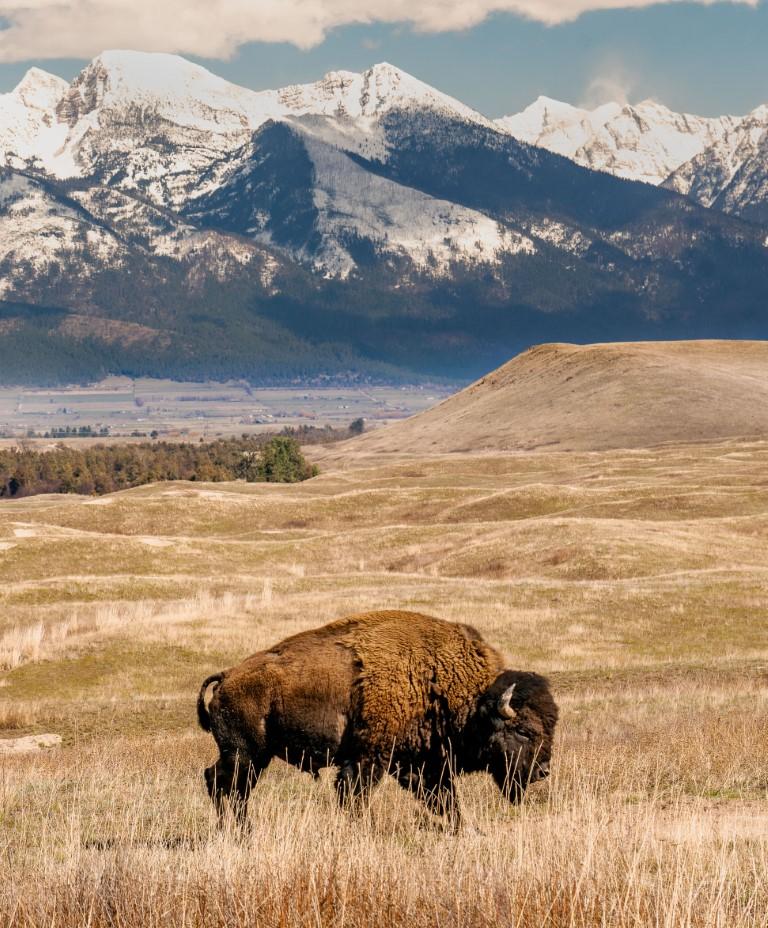
Photo by Doug Stevens
The Bison Range is well known for its 300–350 bison, but it is so much more. It is a diverse ecosystem of intermountain native grasslands, forests, riparian areas and ponds. In addition to herds of bison, it supports populations of Rocky Mountain elk, mule deer, white-tailed deer, pronghorn, and bighorn sheep as well as coyotes, mountain lions, bears, bobcat, over 200 species of birds; in the spring, wildflowers cover much of the range. A visit to the Bison Range offers excellent opportunities to not only view the abundant wildlife, but to take in the spectacular views of the Mission Mountains to the east.
Original bison numbers have been estimated at about 40 million animals. However, by an 1889 census, the national bison herd had plummeted to 1,000 due to excessive over-hunting and harvesting from the western expansion of the late nineteenth century. This was threatening their very survival as a species, as well as a whole way of life for the Native peoples who depended on them.
Bison play a central, integral role in the cultural, spiritual and ceremonial life of many western Native American tribes in both the plains and the intermountain areas, such as Montana. Their relationship to the bison runs deep and is ingrained into who they are as Native people. For nearby tribes that did not live on the plains where bison roamed, such as the Bitterroot Salish, Pend d’Orielle and Kootenai tribes, great effort was made to cross the mountains, risking conflict with other unfriendly tribes along the way, in order to hunt and bring meat and hides back home for the long, cold winters.
It was on one of these hunts in the 1870s that a Pend d’Orielle man by the name of Atatiće (“Ah-tah-tee-seh”, Peregrine Falcon Robe) became alarmed at the extreme decline in bison numbers and proposed bringing some animals back to the Flathead Reservation. He consulted with the chiefs who were also on the hunt, but they were split on the idea. Without a consensus, ?Atatiće? decided to not bring any animals back with him.

Photo by Doug Stevens
Years later in the 1880s, Atatiće’s son, Łatatí (“Shlah-tah-tee”, Little Falcon Robe), decided to try and realize his father’s dream. At the end of his hunt, he single-handedly took on the long, arduous task of bringing a small group of orphaned bison calves from the plains to the east, back over the mountains to the reservation to the west.
This small herd thrived and grew in numbers. Ownership of this nascent herd passed from Łatatí to Charles Allard and Michel Pablo. It became the nucleus for a reservation herd that would eventually grow into the largest free-ranging herd left in the U.S. It also was a source for restocking other herds across North America, including the Yellowstone herd. Upon Allard’s death, his widow sold his half of the herd to a rancher named Conrad in Kalispell, Montana. Pablo’s herd stayed and continued to flourish and grow, enjoying fenceless free ranging across the reservation.
This all changed after the beginning of the 20th century with the passing and implementation of the Allotment Act. The reservation was opened to homesteading, and with it fences starting going up across the valley. It was no longer possible to maintain a free-ranging bison herd, and the Bureau of Indian Affairs forced Pablo to sell his herd. With no buyers in the U.S., the animals were sold to the Canadian government.
About the same time, conservationists back East were concerned with the disappearance of the bison. Soon, the American Bison Society (ABS) was formed and tasked with finding a home for a national bison range where the animals could be protected. The ABS contacted Morton Elrod, a professor of wildlife at the University of Montana, who was very familiar with the Flathead Reservation, a place he visited often and loved. He also knew the prior, successful efforts of Allard and Pablo. His recommendation to the ABS was to locate the new bison range on the Flathead Reservation.
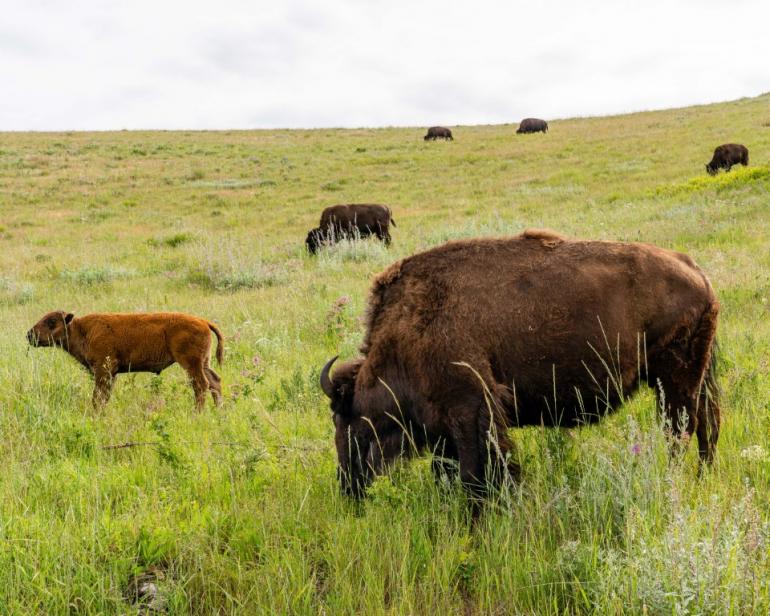
Photo by Doug Stevens
On May 23, 1908, President Roosevelt signed legislation to form the National Bison Range by appropriating 18,700 acres out of the Flathead Reservation. The tribe had no say and the compensation was meager. Later, in 1971, a Court of Claims ruled the appropriation was unconstitutional, but by then, it was rather late to change the course of history.
Now that there was a Bison Range to “save the buffalo,” the government needed bison “to save.” The sad irony of this situation was that it was the government that had forced the sale of the bison that had already been “saved!” The original Bison Range herd consisted of about three dozen bison from the Conrad herd in Kalispell – the exact same animals, or their descendants, that had been on the reservation not long before. Four animals were added from some other sources.
With the newly formed National Bison Range, fences went up to not only fence the bison in, but to keep the local tribal members out. An August 31, 1936 letter from the U.S. Department of Labor specifically stated: “…regulations prohibited them from using Indians for work on the Bison Range.” Tribal members became disenfranchised from the animals that they were responsible for bringing to the reservation and saving in the first place.
Fast forward to 1994. That is the year that the Indian Self-Determination and Educational Assistance Act (ISDEAA) was signed into law. The law promoted the principle of tribal “self-governance,” allowing for tribes to take over programs formerly run by the federal government on reservations and run them themselves.
The tribe had established a long history of progressive, successful resource and wildlife management over the years. So with the passage of the ISDEAA, the Bison Range seemed like an exact fit for what the legislation was addressing. It was in the middle of a reservation, the tribe had historical, cultural and geographic ties to it, and it just made sense.
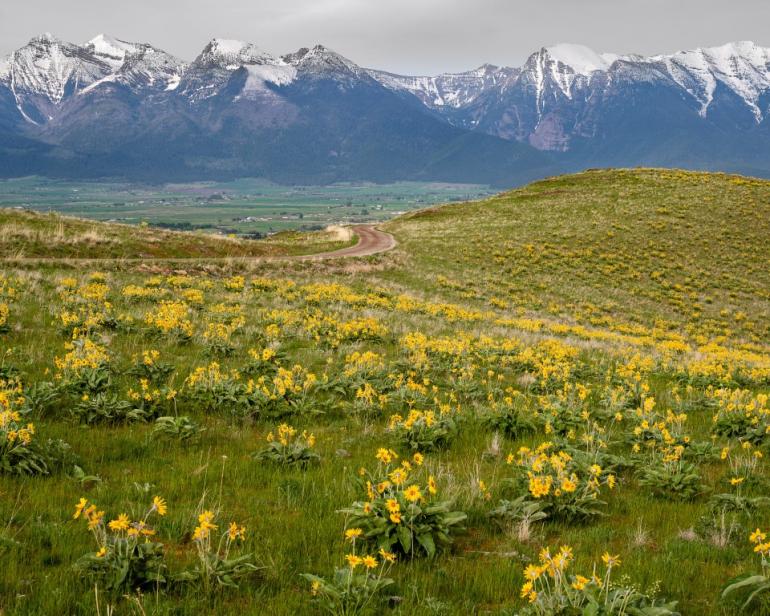
Arrowleaf balsamroot covers the Bison Range in May. Photo by Doug Stevens.
Despite the logic of the request to turn the management over to the tribe, negotiations, distrust, misunderstandings, progress, regress, and accusations would go on for another 27 years. Finally, on December 27, 2020, the President signed Public Law 116-260, formally transferring the Bison Range back to federal trust ownership for the Confederated Salish and Kootenai Tribes. The main conditions that came with the transfer is for the tribe to continue to manage and maintain the acreage for bison and to keep access open to the general public, which they most certainly are doing.
Big changes are on the horizon for the Bison Range, according to Rich Janssen, head of the CSKT Department of Natural Resources, which now oversees the management of the Bison Range. At the moment, the tribe is consulting with the Tribal Council, the elders, the Salish and Kootenai Culture Committees and the general tribal membership on a wide variety of ideas that are under consideration. However, these can be condensed into two main areas.
First, now that the Bison Range is being fully managed by the tribe, there is no federal money coming in to pay for any of the work that goes into running the range. In the past, U.S. taxpayers footed the bill through the U.S. Fish and Wildlife Services (USFWS). So far, little has changed at the Bison Range. The daily entrance fee is still $10/car and a year permit is only $20. The previous USFWS signs have been replaced with CSKT signage, such as the signs at the entrance to the range, as well as those around the visitor’s center.
In order to be economically self-sufficient, the tribe will need to attract more visitors to the range. The current entrance and the small, 40-year-old visitor’s center is on the north side of the range in Moiese, making it off the beaten path. Under consideration is a proposal to move the main entrance with a new visitor’s center to the top of Ravalli Hill on Highway 93, which borders the south side of the range. This would better position the entrance to attract visitors from the increased tourist traffic coming through the reservation between Yellowstone and Glacier Parks, as well as providing space for a gift store.
The other area they are focusing on is how best to convey to the visiting public the cultural significance of bison (and the other animals) to Native peoples in general, and to the Salish, Pend d’Orielle and Kootenai people in particular. This will be done with signage at strategic places within the range (already ongoing) in English, Salish and Kootenai, as well as providing educational experiences at the visitor’s center – not only for out-of-area visitors, but also as a resource for local schools.
Atatiće’s vision is now being realized (again). Through tragedy and irony, it is a homecoming 113 years in the making and the tribe can finally say “Welcome Home!”
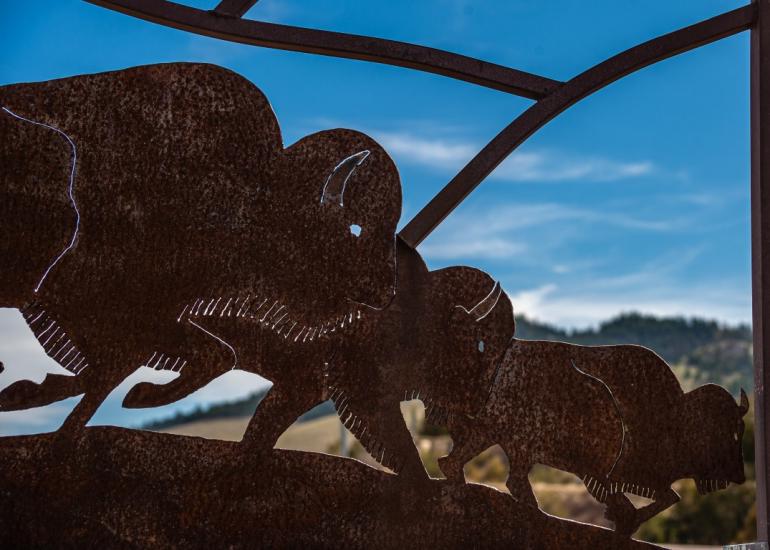
Photo by Doug Stevens
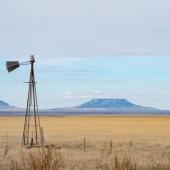

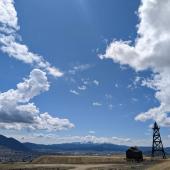
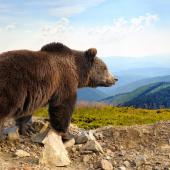
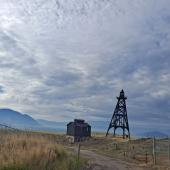


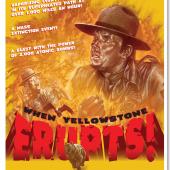

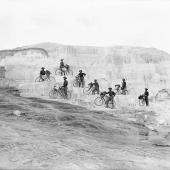
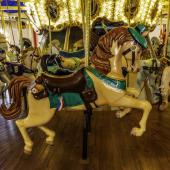
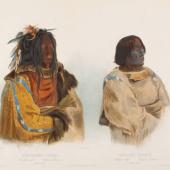
- Reply
Permalink